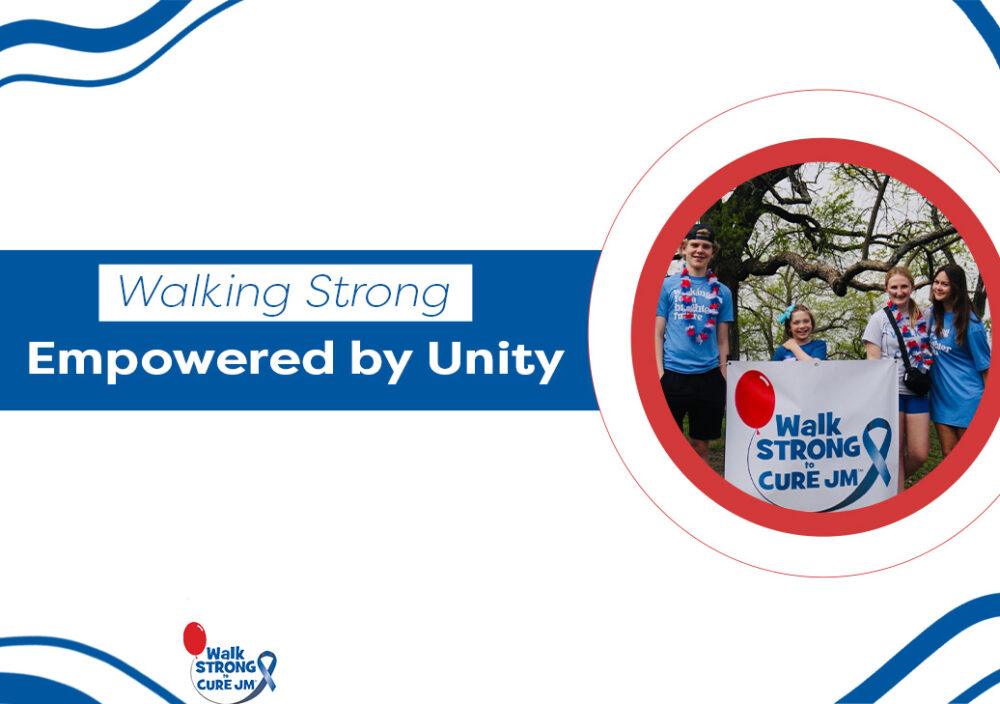Nathanael was an active 7-year-old. In the summer of 2014, he played baseball under the Southern California sun, and that’s when the rash started. “He started having this weird rash on his legs,” says Maggie, Nathanael’s mom. They brushed it off as allergies and looked for the right cream, assuming it would eventually disappear.
Then Nathanael started developing red patches on his face. At the time, it still made far more sense to assume he had gotten a bug bite or come down with a virus. But the doctor didn’t know what it was when they made an appointment. October rolled around.
Thus began Nathanael’s severe case of JDM. He developed a low-grade fever. His teacher reached out because he was falling asleep during class, which was not like Nathanael. For him to be so low on energy was not natural. “He is always so energetic, bouncing off the walls!” The doctor still could not figure out what was wrong. Nathanael’s appointments were always in the morning before the intense fatigue would set in. One day, Nathanael’s mom took him at the end of the day. Nathanael passed out on the doctor’s table.
They tested him for mono multiple times, each negative. They were referred to GI and infectious disease specialists but struggled to fit into clinics’ busy schedules. Maggie took him to an herbalist for anti-inflammatory support, but it was not enough. “Every day as we were waiting for our appointments—because it was scheduled out so many weeks in advance—I watched my son deteriorate before my eyes.”
Nathanael’s condition was not immediately life-threatening, but he was clearly seriously ill. The infectious disease specialist had seen countless cases of mono but knew this was not one of them. So she went to get her colleague, a doctor in the rheumatology department.
Nathanael scheduled an appointment with the rheumatologist as soon as possible. Maggie expected the same as all the other appointments— they’ll listen to symptoms and medical history and say, “well, we don’t know what this is,’ and order more tests. This time, that was not the case. “Good news and bad news. The good news is usually, for juvenile dermatomyositis, the prognosis is very good, but it takes 2.5-3 years for treatment. But the bad news is that he is moderate and must be admitted to the hospital immediately.”
Maggie’s first reaction to her son’s diagnosis was simple—he has what? She couldn’t pronounce it, let alone know what it was. It was a sudden shift from not knowing what was happening to a doctor’s full certainty and immediate recommendation. She expected 3-4 weeks of tests before anyone could be this confident. But the doctor assured her that this was a textbook case of JDM.
Nathanael went to the hospital to undergo intense treatment. There was no time to process, and there was also no time to understand or prepare for the side effects. The family was provided sheets of material to read on the chemistry and effects of the drugs, but it would’ve been easier to read Homer in ancient Greek than know what was going on from those papers.
“His personality changed once he started taking high-dose steroids. He was uncomfortable, violent, and not himself.” They were learning what worked and didn’t, and buried under the chaos was an improvement. Still, Nathanael and his family felt very alone. That’s when they found Cure JM. It was December, and Cure JM was doing a fundraiser. Their family’s church had been praying over Nathanael, and one of those church friends saw a Facebook post from someone else’s child who had JDM. They reached out to that person to ask who was organizing the fundraiser, and soon after, the name “Cure JM” was passed along to Maggie and her family.
The two JM families connected, and soon Nathanael was registered on the Cure JM site, and they were meeting even more people. Their support system grew. “We are very fortunate that Nathanael responded well to treatment. Diagnosed in 2014, by 2016, he was able to taper and wean off his medications and treatments, and so in 2017, he was in remission, and he has been doing well since.” Still, Maggie and her family make it a priority to stay close to the Cure JM community.
“I always remember what it felt like at the beginning when you felt so lost and chaotic and helpless.” Many people in the Cure JM community are still in treatment, or some may find themselves in relapsed cases. But even though he’s in full remission, Nathanael and his family want to be a present sign of hope.
Maggie was recently recruited to the National Leadership Council to help serve the JM community. She hopes her advice and insight can bring good to those in the shoes she once wore.
Hope came in many forms in Nathanael’s JM story. His family might have felt unprepared in 2014 but knew much more about JM in 2022. That Southern California sun still shines, but now it’s shining with hope.




